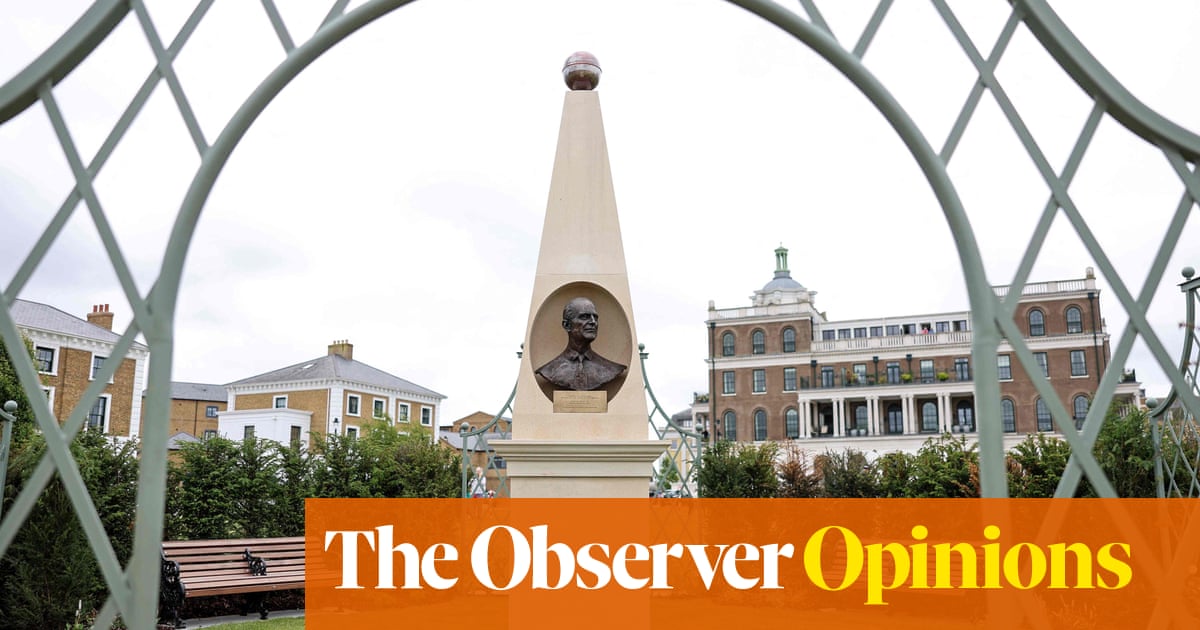
New towns are back. One of the most distinctive policies of Labour’s still light-on-detail offer to the voters is Keir Starmer’s promise to create the “next generation” of this evergreen concept, one which Clement Attlee’s 1945 Labour government put into practice at a large scale.
His statement gives some hope of an approach to building homes and communities that is constructive and proactive, a welcome change from the belief that, if only the nuts and bolts of the planning system were sufficiently loosened, private housebuilders would step in and meet demand. Starmer’s statement offers the chance to imagine what a good place to live may actually look like.
This question is not in fact difficult to answer. The town of the future does not have to have monorails and jetpacks, but only obvious good things that almost anyone would want. It should have schools, healthcare and shops appropriate to the size of the town, along with community, entertainment and sports facilities, playgrounds, parks and access to nature. It should have places of work and homes of multiple types, for sale and for rent, both genuinely affordable and at market rates, provided by multiple agencies – private companies, public bodies, housing associations, co-operatives and trusts, individual self-builders. This would not be a town of ghettoes, but one with a spirit of shared endeavour among the different people who live there.
Such a town should have good public transport and streets and paths laid out in such a way as to encourage walking and cycling. Low-traffic neighbourhoods can be designed in from the start, without the rows that tend to break out when they are introduced to existing streets.
Such a town should use the land well, with the sort of densities you might expect to get in Victorian terraces rather than suburban sprawl, which has the added advantage of shrinking the distances between different parts of the town, thereby reducing dependency on cars. The town should be as environmental as can be, both in the creation and use of buildings, infrastructure and landscape.
It could embrace a wide range of architectural approaches – modern, traditional, plain, decorated and multiple options in between – rather than a monoculture of one style. It could make use of the country’s skilled and imaginative housing architects such as Peter Barber and Mikhail Riches.
Starmer spoke of “Georgian-style townhouses”: good Georgian architecture was the elegant and efficient use of the techniques available at the time – large windows, practical layouts, the decorative but cost-effective use of ironwork and plasterwork – and the contemporary equivalent would be very welcome. One might also dare to dream of buildings that are distinctive and delightful, that would give one town a different character from another.
This is not utopia, just a basic description of a good place to live, albeit one that those businesses who call themselves “housebuilders” regularly fail to achieve. Examples of it in new building are rare, but they do exist. The development of North West Cambridge, where 3,000 homes are planned, has many of these qualities, as does Poundbury in Dorset (where 1,700 homes were built by 2019), initiated by the King. The new town of Houlton, outside Rugby, where 6,200 homes will eventually be built, is structured around walking routes to school through verdant landscapes.
There are examples from abroad – such as the community-led Vauban quarter of Freiburg, Germany, and the Hammarby Sjöstad area of Stockholm – and from the past. Milton Keynes, the culmination of the postwar new towns programme that collectively created homes where 2.8 million people now live, has a more car-dependent plan than you’d want now, but is consistently rated highly by its inhabitants in surveys on quality of life.
There are even feasible ways of paying for such places. The postwar new towns were funded largely by land value capture, which means that some of the uplift in value that comes when land is used for housing, and when infrastructure is installed, goes to pay for the public investment that makes the whole enterprise possible. It requires, though, a long-term financial view to make this method work, as investment has to be made upfront before the returns start coming in. The typical housebuilder, always looking for a quick turnaround, doesn’t take this kind of view. Government, and some private property companies, can.
Successful new towns require skill and capacity in planning that haven’t been much seen in public projects for some time, but do exist in the private sector. They also, and this is by far the greatest obstacle, have to overcome the local opposition that large-scale development almost always provokes.
Labour’s last stab at building new communities, the “ecotowns” proposed by Gordon Brown in 2007, foundered on this problem. Starmer says he will build on “grey belt” land – which, while designated as “green belt”, actually consists of places such as car parks, scrubland and deserted shopping centres – and will surely give rise to fierce debates as to what is and is not “grey”.
One might hope that, with the wealth of value created by new towns, local benefits could be created to win over objectors, including more accessible and environmentally rich natural landscapes than the chemical deserts that make up much of the British countryside. Past experience says this is highly unlikely. Rather, new towns will have to be treated like essential infrastructure, and pushed through in the same way as roads and railways.
Starmer has declared his willingness to face down opposition. This he will have to do, or all the talk of new towns will turn out to be a fancy way of doing nothing. If built, they won’t solve the housing crisis by themselves, but they will certainly help. They might even be places where people like to live.
Rowan Moore is the Observer’s architecture critic












